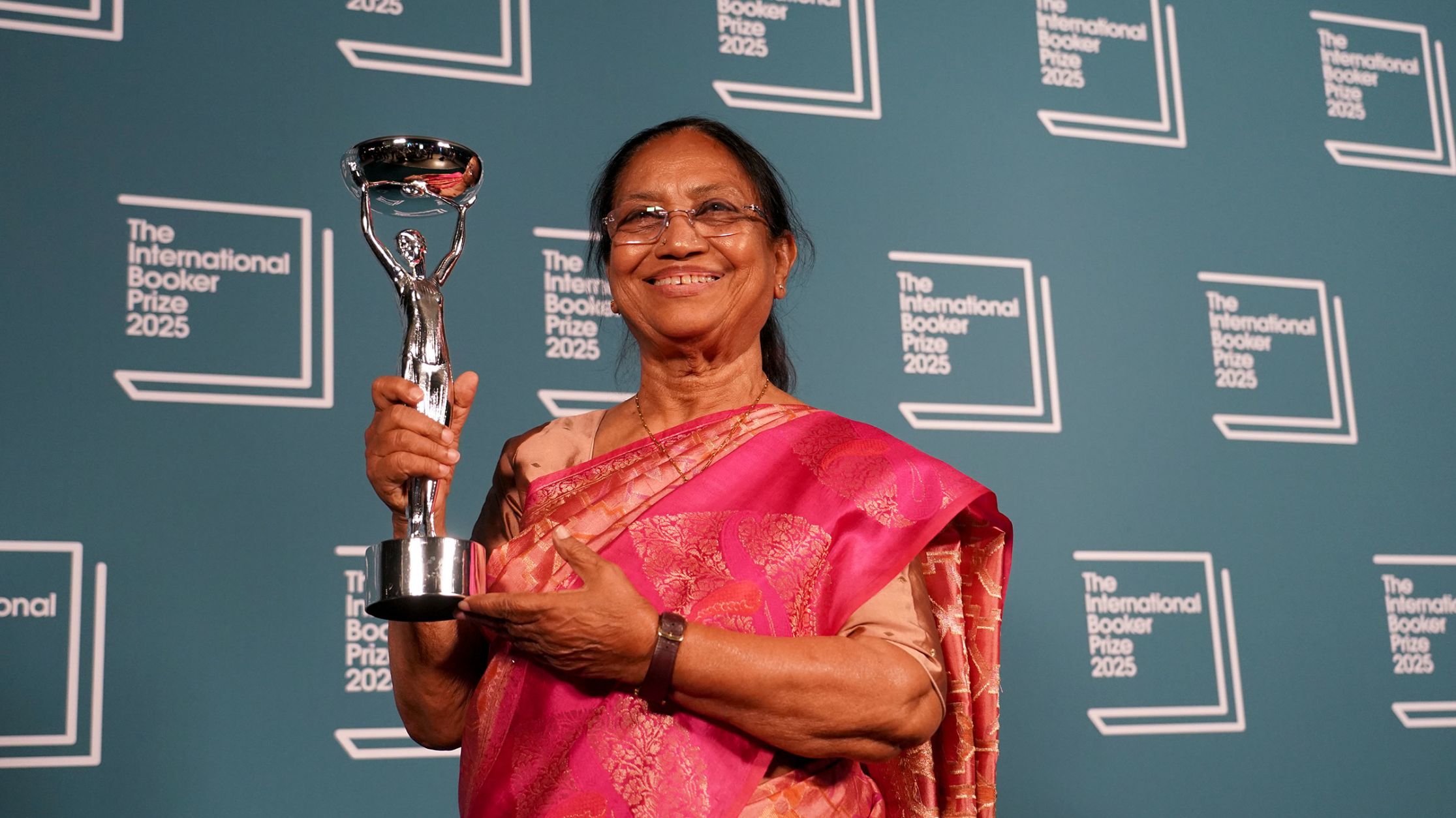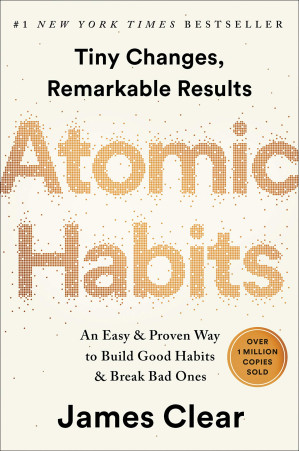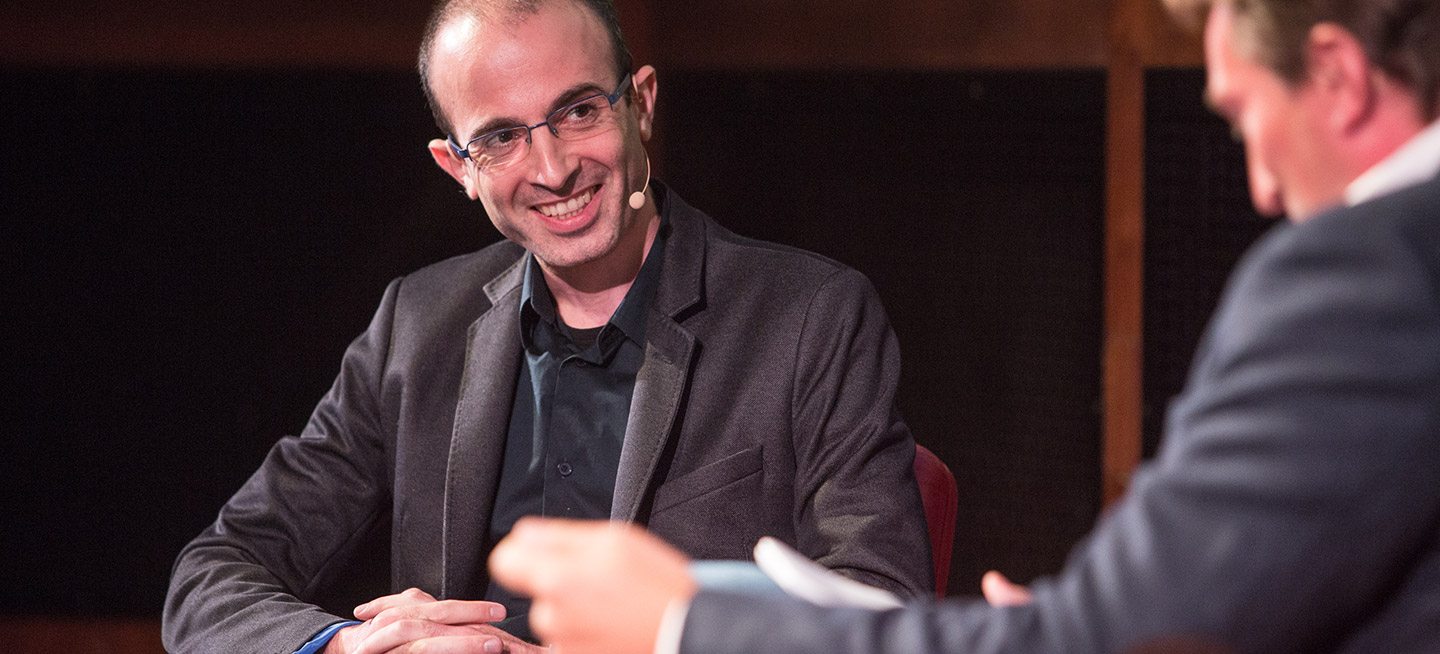🎯 Want instant access to Banu Mushtaq and other prize-winning rebels?
How do you start reading Banu Mushtaq’s Heart Lamp: Selected Stories in 2025? Begin by recognizing that this collection is not just the latest prizewinner but a seismic moment for translated fiction. The International Booker Prize announcement on May 20, 2025 catapulted the book into global headlines, making it the most searched Kannada-to-English translation of the year. Readers who approach it with context, pacing, and the right companion tools turn an intimidating masterpiece into a transformative reading experience.

Why Heart Lamp Matters in 2025
Banu Mushtaq’s Heart Lamp: Selected Stories broke three records at the International Booker ceremony: first Kannada work shortlisted or awarded, first short-story collection to win, and the second Indian-language title to take the prize in recent memory. Those milestones aren’t trivia—they shape reader expectations and explain why publishers and book clubs all over the world now push the title to the front of their lists. The victory follows the breakthrough of Tomb of Sand in 2022, signaling a sustained appetite for South Asian women’s literature in translation. Understanding that you’re reading a landmark text primes you to look for its historical and cultural stakes rather than treating it like a routine short-story compilation.
Meet the Rebel Behind the Stories
Mushtaq is more than an author; she’s an activist lawyer who has spent decades inside Karnataka courtrooms advocating for women and marginalized communities. She helped found the Bandaya Sahitya (“Rebel Literature”) movement in the 1970s and 1980s, carving space for Dalit, Muslim, and feminist voices. Her fiction springs from lived battles—postpartum depression, threats of violence, and even a social boycott aimed at silencing her courtroom advocacy. When you know the biography, every story reads like a charged deposition filed on behalf of the women she defends.
Key Life Threads to Track While Reading
- Activism as source material: Many plots mirror Mushtaq’s legal cases, especially those involving inheritance, custody, and domestic violence.
- Motherhood under pressure: The title story channels her own postpartum crisis, so pay attention to how maternal bonds de-escalate despair.
- Resistance with consequences: Repeated references to social ostracism, surveillance, and threats echo the real-world backlash she endured.
Deepa Bhasthi’s Translation Strategy
Heart Lamp: Selected Stories is a collaboration between Mushtaq and translator-curator Deepa Bhasthi, who handpicked twelve stories from six Kannada volumes published between 1990 and 2023. Bhasthi’s translator’s note, “Against Italics,” explains why she keeps Kannada, Urdu, and Arabic words inside the text without glossaries. Instead of flattening meaning for anglophone convenience, she trusts readers to decode through context. That means you should prepare to slow down, look for cues in neighboring sentences, and allow the unfamiliar vocabulary to color the atmosphere instead of forcing a quick dictionary lookup.

How to Read Through the Language Friction
- Let context be your compass: Track tone, body language, and reactions before jumping to external references.
- Annotate patterns: Flag recurring words or phrases to notice how meaning evolves across stories.
- Share notes with other readers: Discussion groups often crowdsource interpretations, turning friction into a collaborative discovery.
Thematic Field Guide for the Stories
Heart Lamp: Selected Stories’s recurring focus on patriarchy, domestic confinement, and caste-class intersections is deliberate. Rather than offering twelve unrelated snapshots, Mushtaq repeats motifs to insist that these injustices are systemic. Expect an “unflinching gaze” at male authority figures who weaponize scripture, cramped domestic interiors where small rebellions flicker, and intergenerational bonds that transfer resilience. Treat the repetition as pattern recognition training—it teaches you how oppression replicates itself across different households.
Story Cluster Highlights
- Patriarchy vs. autonomy: Watch how male guardians reinterpret religious law to justify polygamy or deny medical care.
- Domestic claustrophobia: Most conflicts unfold in kitchens, bedrooms, and courtyards, underscoring how limited spaces magnify psychological tension.
- Female resilience: Grandmothers, daughters, and young wives respond with humor, sabotage, or quiet solidarity instead of surrender.
Suggested Reading Order and Pacing
Although Heart Lamp: Selected Stories can be read straight through, a strategic order improves comprehension and emotional stamina:
- “Heart Lamp” sets the emotional stakes and introduces the mother-daughter lifeline that threads the book.
- “The Shroud” deepens the critique of caste and class, showing how poverty compounds spiritual policing.
- “Masjid” (or similarly titled pieces) foregrounds the debate over women’s access to worship spaces, linking back to Mushtaq’s real activism.
- Rotate between heavier stories and slightly lighter pieces featuring children or elderly women to maintain balance.
- Journal short reactions after each story; cumulative reflection highlights pattern shifts and micro-rebellions.
Break your reading into three or four sessions rather than marathoning the book. The emotional payload is intense, and reflection time keeps burnout at bay.
Formats and Access in 2025
Multiple editions of Heart Lamp: Selected Stories landed within months of the prize announcement, so you can choose the format that fits your routine.
- Paperbacks: Released April 8, 2025 by And Other Stories in the UK/US and Penguin Random House in India.
- eBooks: Live on major ebook platforms the same week, and available through library apps such as OverDrive and Libby.
- Audiobook: An unabridged production narrated by Deepti Gupta and Vikas Adam launched August 23, 2025 via Blackstone Publishing.
- Library routes: US and UK public library systems already carry digital copies; place holds early because demand remains high.
Optimize Your Reading Mindset
Treat Heart Lamp: Selected Stories like a seminar instead of a bingeable thriller.
- Cycle between reading and reflection: Take notes on ethical dilemmas, legal injustices, and emotional turning points.
- Pair with secondary sources: Read interviews with Mushtaq or Bhasthi to enrich cultural references.
- Acknowledge emotional labor: Schedule lighter reading or media between sessions to reset your mood without derailing progress.
✨ Ready for guided annotations halfway through Heart Lamp?
Companion Texts and Context Builders
Amplify what you learn by pairing Heart Lamp: Selected Stories with complementary works:
- Kannada feminist poetry anthologies that inspired Bandaya writers.
- Oral histories from Karnataka’s Muslim communities to map the religious dynamics that surface in the stories.
- Comparative collections like Tomb of Sand by Geetanjali Shree or Lifting the Veil by Ismat Chughtai for cross-regional dialogue about women’s agency.

Discussion Prompts for Book Clubs
Use these prompts to spark deeper conversation:
- How does the absence of italics change your sense of cultural immersion?
- Which story best captures the cost of social ostracism, and why?
- In what ways do mother-daughter bonds reframe survival in the collection?
- What parallels can you draw between Mushtaq’s legal advocacy and the outcomes of her protagonists?
FAQ: How to Start Reading Banu Mushtaq’s Heart Lamp in 2025
Is the collection suitable for readers new to translated fiction?
Yes—if you slow down and embrace the untranslated vocabulary. Context cues and annotations will carry you.
How long does Heart Lamp take to read?
Most readers finish in three to four sittings of roughly an hour each, depending on note-taking pace.
Do I need background knowledge of Karnataka or Islam?
It helps, but the stories supply enough social detail to orient you. Supplement with quick research when curiosity strikes.
Why do readers describe the book as emotionally intense?
The stories catalogue systemic injustice without flinching, so expect depictions of domestic violence, mental health crises, and social exile.
Should I read the stories in the published order?
Start with the title story, then feel free to reorder based on emotional stamina. Grouping heavier pieces with lighter moments keeps momentum high.
🚀 Finish Heart Lamp with a personalized reading companion?






